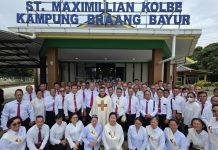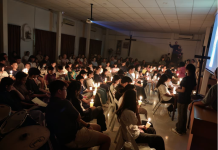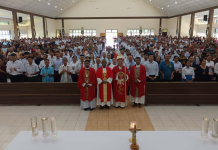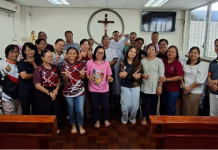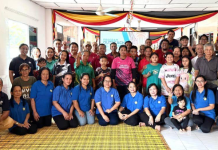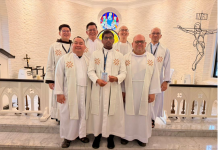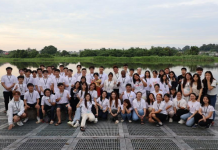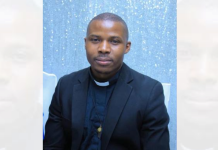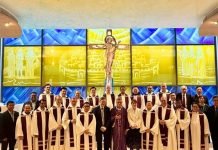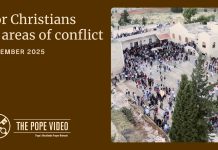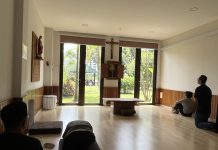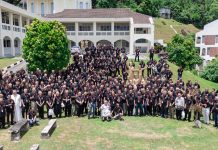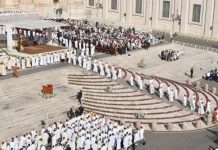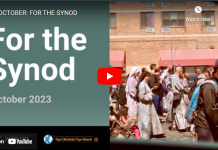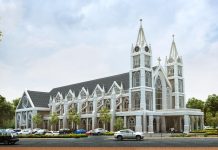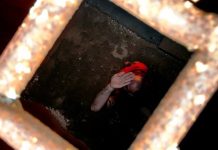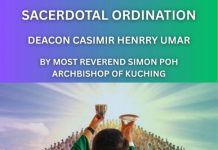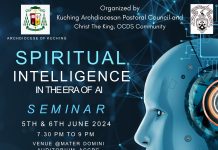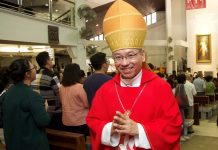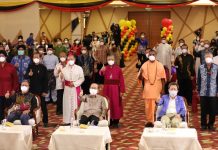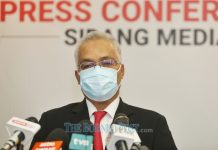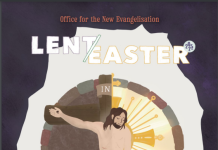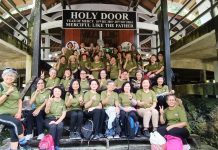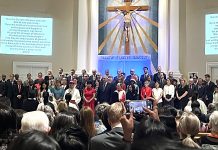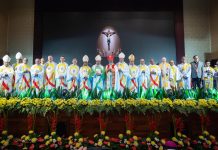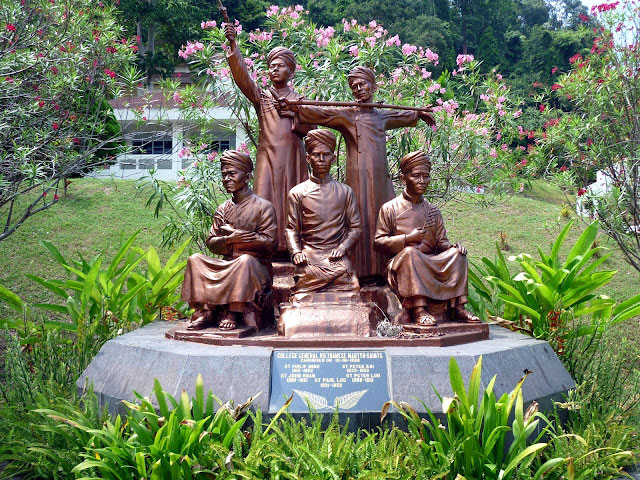
How did College General, a major seminary in Tanjung Bungah, earn the sobriquet ‘College of Martyrs’?
By Joseph Masilamany
THE date “June 19” passed by quietly oblivious to many. For Catholics in Malaysia and Vietnam, June 19, holds a special significance.
The date is calendared in the church directory as the Feast Day of St Philip Minh Van Doan and companions, namely: St Peter Quy Cong Doan, St Paul Loc Le Van, St John Hoan Trinh Doan, and St Peter Luu Nguyen Van.
All these men were Catholic priests who had their priestly training at College General – the centuries-old priest-training institution located on a hill in Tanjung Bungah, Penang.
As you enter through the gates of College General and turn left in a semi-circle towards the college building, you will not miss the monument erected to these five saints standing on your left.
The burnished-russet structure stands tall as a reminder to everyone who enters the college grounds – that these were no more than ordinary men who had touched the world in extraordinary and inspiring ways.
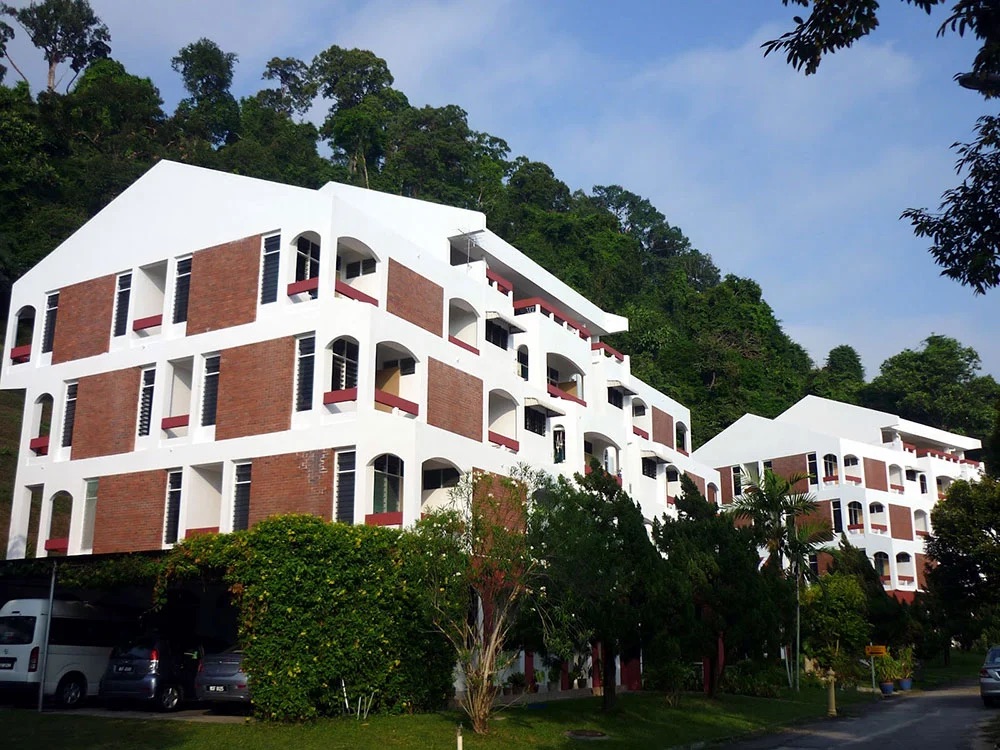
Like all saints, St Philip Minh and his companions had unflinchingly prevailed for their faith but only to be beheaded by the daunting sword delivered by their Viet Minh executioners.
These men of great faith were martyred in Annam, present-day Vietnam, during the 18th century period of Christian persecution there, after they had returned to their home country from College General to serve as priests.
The tortures these individuals underwent are considered by the Vatican to be among the worst in the history of Christian martyrdom.
The torturers hacked off limbs joint by joint, tore flesh with red hot tongs, and used drugs to enslave the minds of the victims.
Christians at the time were also branded on the face with the words “tả đạo” meaning “members of a sinister religion” with their families and entire villages subscribing to Christianity being obliterated.
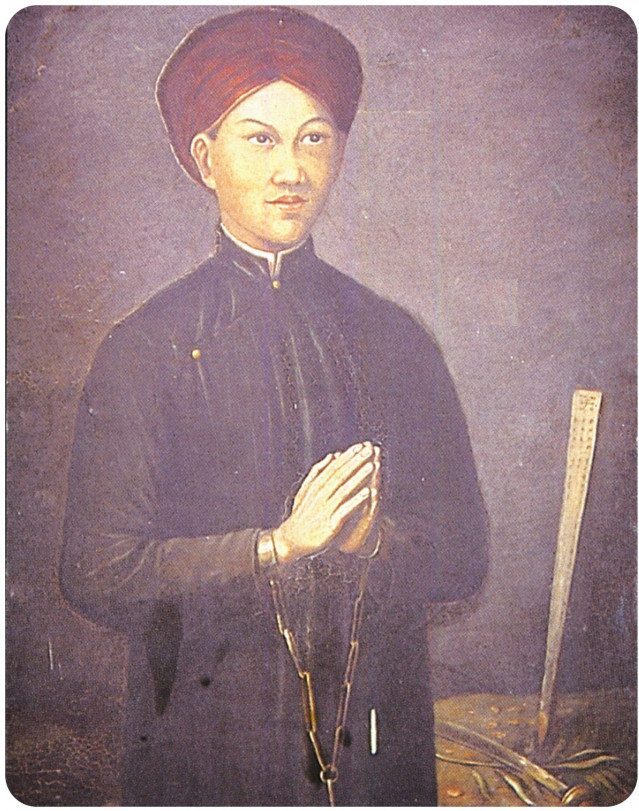
Defiant till the end
When ordered to trample on the crucifix and deny his faith Philip Minh refused to do so vehemently. Peter Quy fasted, prayed, and constantly recited the rosary while in prison. He clutched a miniature statue of the Blessed Virgin Mary right till the end when the sword came down upon him.
Paul Loc refused to renounce his faith, whereas John Hoan knelt to thank God for this great “test of faith” when the executioner raised his sword to strike him down.
Another companion, Peter Nguyen recited the rosary defiantly and his “Hail Marys” got obstinately louder and louder till the sword fell him in one savage blow.
Together with these five priests were 42 other young men who were seminarians at College General but not ordained yet. They too suffered the same fate as Philip and his companions.
Apart from these priests and seminarians, two French priest-professors who lectured at College General were martyred in Korea during a wave of Christian persecution there in the mid-18th century.
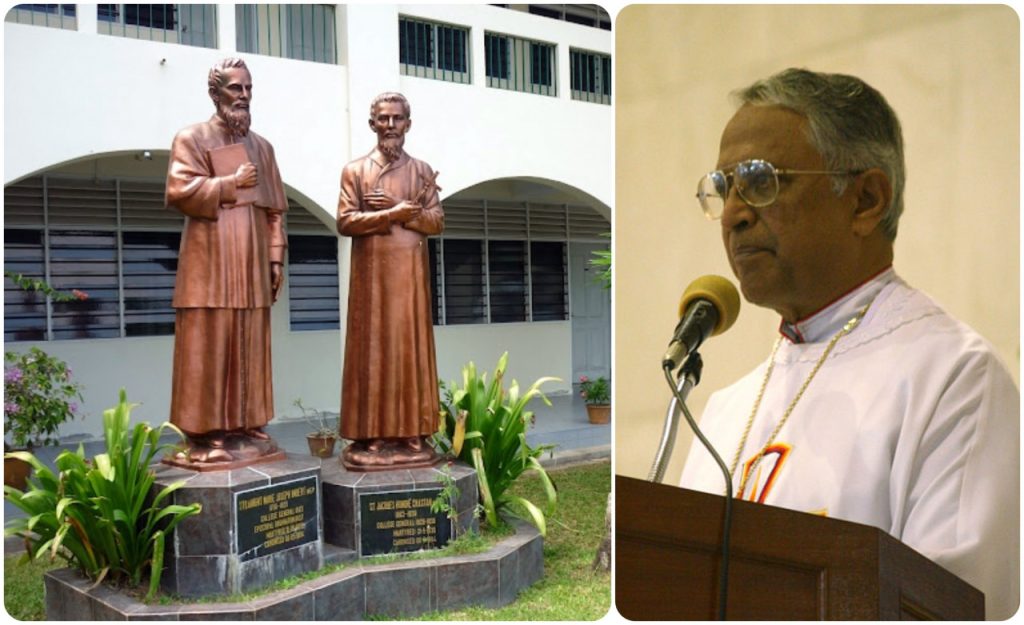
The two clergymen, Laurent Imbert and Jacques-Honore Chastan were beheaded after being bastinadoed (soles of the feet beaten ceaselessly with a stick).
Collectively, the Vietnamese men of faith together with 117 other Christians came to be known as the Vietnamese Martyrs after they were canonised as saints by Pope John Paul II on June 19, 1988.
In May 1984, Pope John Paul II canonised Laurent Imbert and Jacques-Honore Chastan en masse with 103 Korean Catholics and they are now collectively referred to as the “Korean Martyrs”.
The Penang Catholic Diocese specially honoured the two French martyrs by dedicating a church in their name at Prai’s Chai Leng Park. The church named “Church of Sts Chastan and Imbert” established in 1995 was the initiative of Kuala Lumpur Archbishop Emeritus Murphy Pakiam.
A monument dedicated to both these saints can be seen at the church’s compound.
Through the blood spilled by these heroic students and professors, College General which was first established in 1664 in Ayuthia came to be known as the “College of Martyrs”. The college has also embraced “June 19” as its special Feast Day.
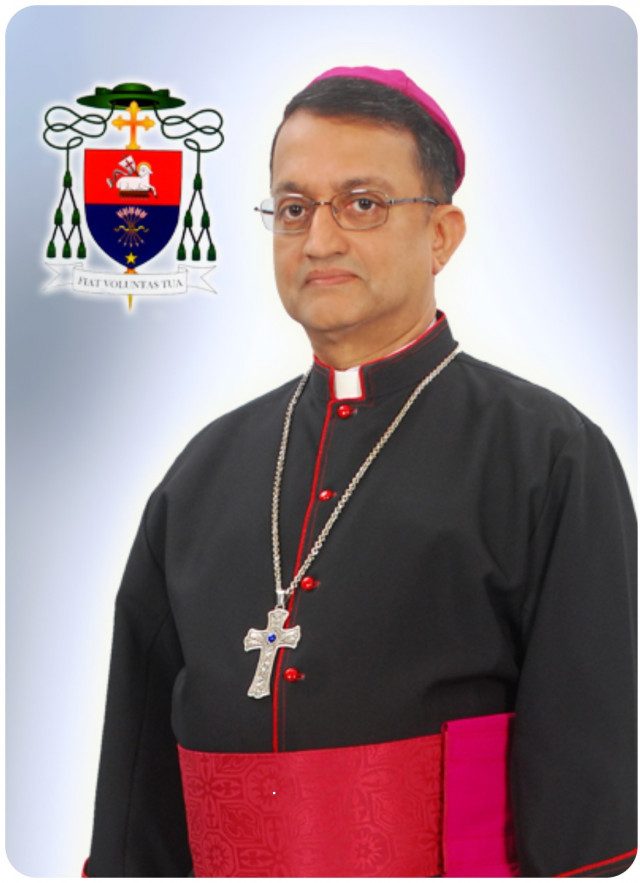
Holy relics
Visitors to College General will be pleased to know that the institution holds some relics belonging to its former students turned saints on display.
Relics or remnants of a saint are venerated by Catholics as a way to bring one closer to God through a holy person’s intercession. In most cases, these relics are a part of the saint’s body or pieces of possessions they owned in their lifetime, including a strand of hair.
Bone fragments of the five martyr saints, a prayer book belonging to St Philip Minh who was the first of the five Vietnamese priests trained in College General – as well as bone fragments of St Laurent Imbert and St Jacques-Honore Chastan are placed in a sacred vessel called a reliquary in the college.
The term “relic” itself comes from the Latin word “relinquo” meaning to leave behind or relinquish. Although deceased saints have left behind their bodies, it is believed that their physical remains and the objects attributed to them are in some ways still imbued with the holiness and grace present during their lifetimes.
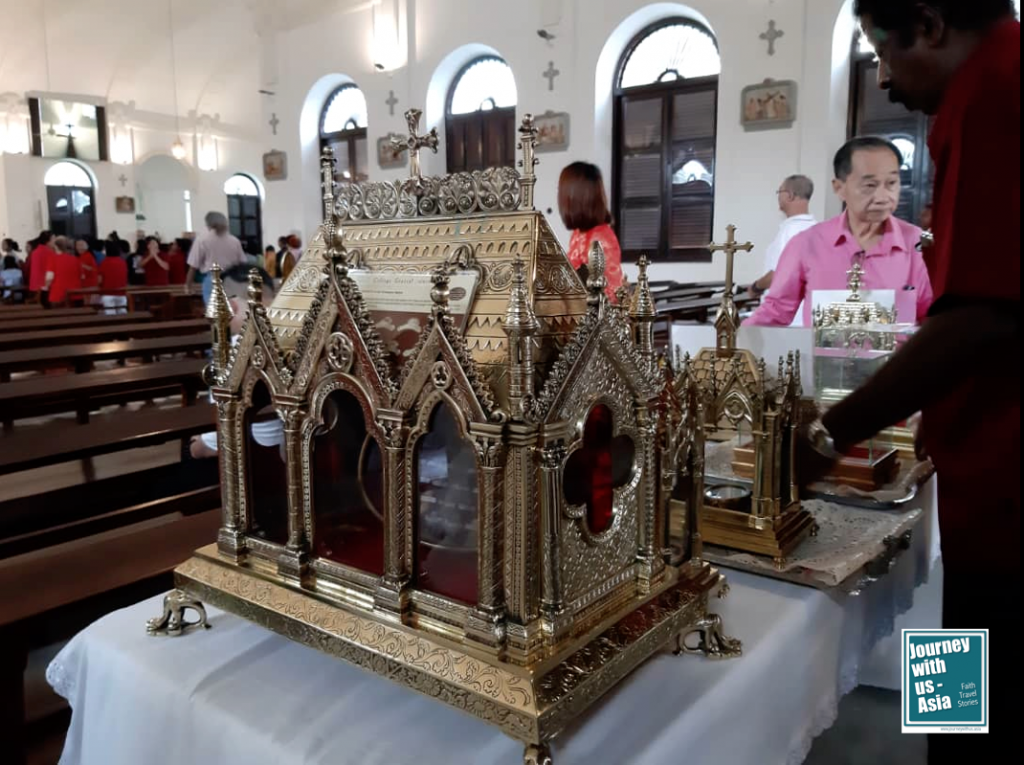
Speaking to The Vibes, Rt Rev Datuk Seri Sebastian Francis, the Titular Roman Catholic Bishop of Penang said: “My direct connection with College General spans over many years. First as a seminarian from 1971 to 1976, then again from 1980 to 1997 as a formator and lecturer at the college, and continuing from 2012 to present, as Bishop of Penang and president of College General.
“I have been deeply influenced by the fact that this college from my seminary days until now is referred to as the ‘College of Martyrs’. The former students were martyred mostly in Vietnam and two formators (professors) were martyred in Korea. Therefore, we have a proud legacy of having more than 50 martyrs who were trained and formed at College General.
“The martyrdom of these men has left a lasting and permanent impact on me, to know that I belong to an institution which has lasted for centuries and was able to adapt and be relocated to many places beginning in Ayuthia (Thailand), India, and finally Penang.
“It is deeply imprinted in me that so many of our brothers from College General surrendered their lives for the Gospel.”
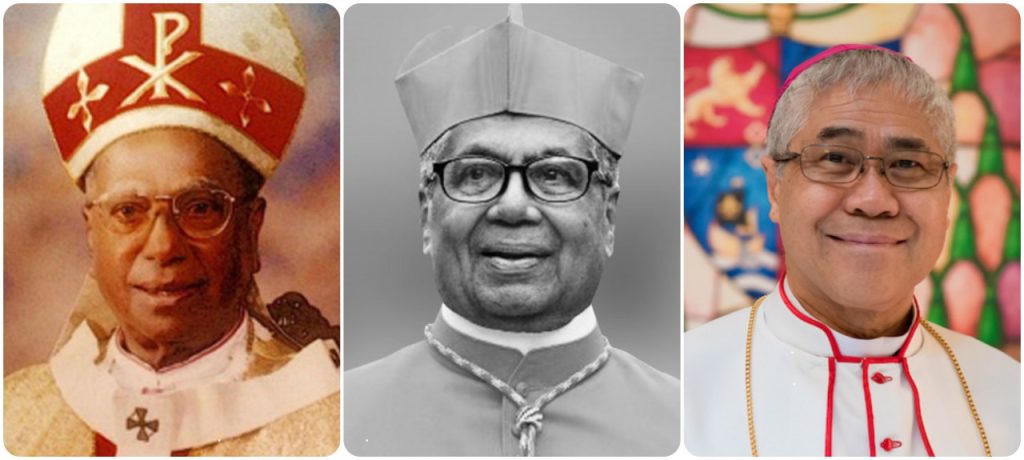
Sebastian pointed out that among one of his contemporaries in the 70s was a seminarian from Cambodia known as Marcel Truang. The latter after completing his studies in College General was given the option to go to France as the Cambodian genocide under Pol Pot had already begun.
“However, Truang freely chose to return to Cambodia and be with his suffering and persecuted people, even though knowing the dangers that would entail him.
“He returned to Cambodia and within a short time, we never heard from him anymore. His cause is up for canonisation in Cambodia,” said Sebastian.
“This is the kind of sacrificial spirit that we hope to cultivate in our past, present, and future seminarians who are studying for the diocesan priesthood in Malaysia. May the exemplary and courageous spirit of these martyrs continue to inspire a missionary zeal in all seminarians who embark on their formative years and journey at this College of Martyrs here in Penang,” he said.
Apart from these saint-martyrs, through its more than 350 years of existence, College General has raised more than 30 of its alumni to the episcopate in Burma, Thailand, Singapore, and Malaysia (including Sabah and Sarawak).
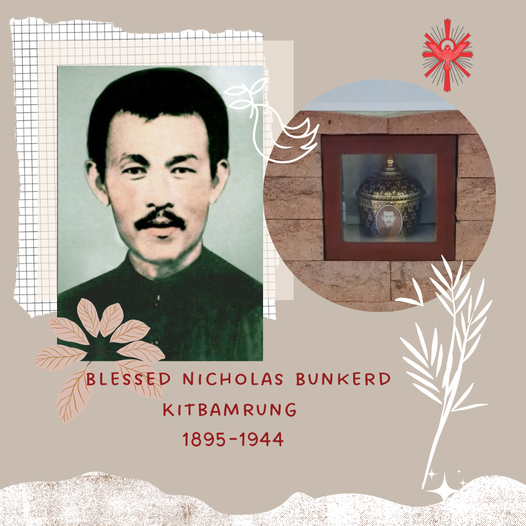
Notable among these luminaries who hailed from the College of Martyrs is the Most Reverend Tan Sri Dominic Aloysius Vendargon (1909-2005), the first Asian bishop of Kuala Lumpur and later Archbishop of the Kuala Lumpur Archdiocese; Malaysia’s first Cardinal, His Eminence Anthony Soter Fernandez (1932-2020) and Singapore’s newly minted Cardinal-Elect Archbishop William Goh.
College General as the “College of Martyrs” with its historical odyssey and geographical relocations has not only stood the test of time, but severe persecutions that came from the agitated body politic in countries like Vietnam, Korea, Thailand, and Pol Pot’s Cambodia. This achievement is nothing short of epochal.
Its story has been chronicled in bloody narratives and with great flourish. Today, without being distracted by the disturbing themes from the past, the resilient institution basks in glory as a galaxy of its saints smiles down from Heaven.
Yet, with five saints and over 50 martyrs in Heaven – the college awaits another of its student, Fr Nicholas Bunkerd Kitbamrung who was persecuted in Thailand and left to perish in prison in 1944.
Blessed Nicholas was beatified on March 5, 2000, by the late Pope John Paull II. Beatification is the last step before a person is declared a saint. A relic of Blessed Nicholas is embedded at the altar of the Cathedral of the Holy Spirit in Penang.

